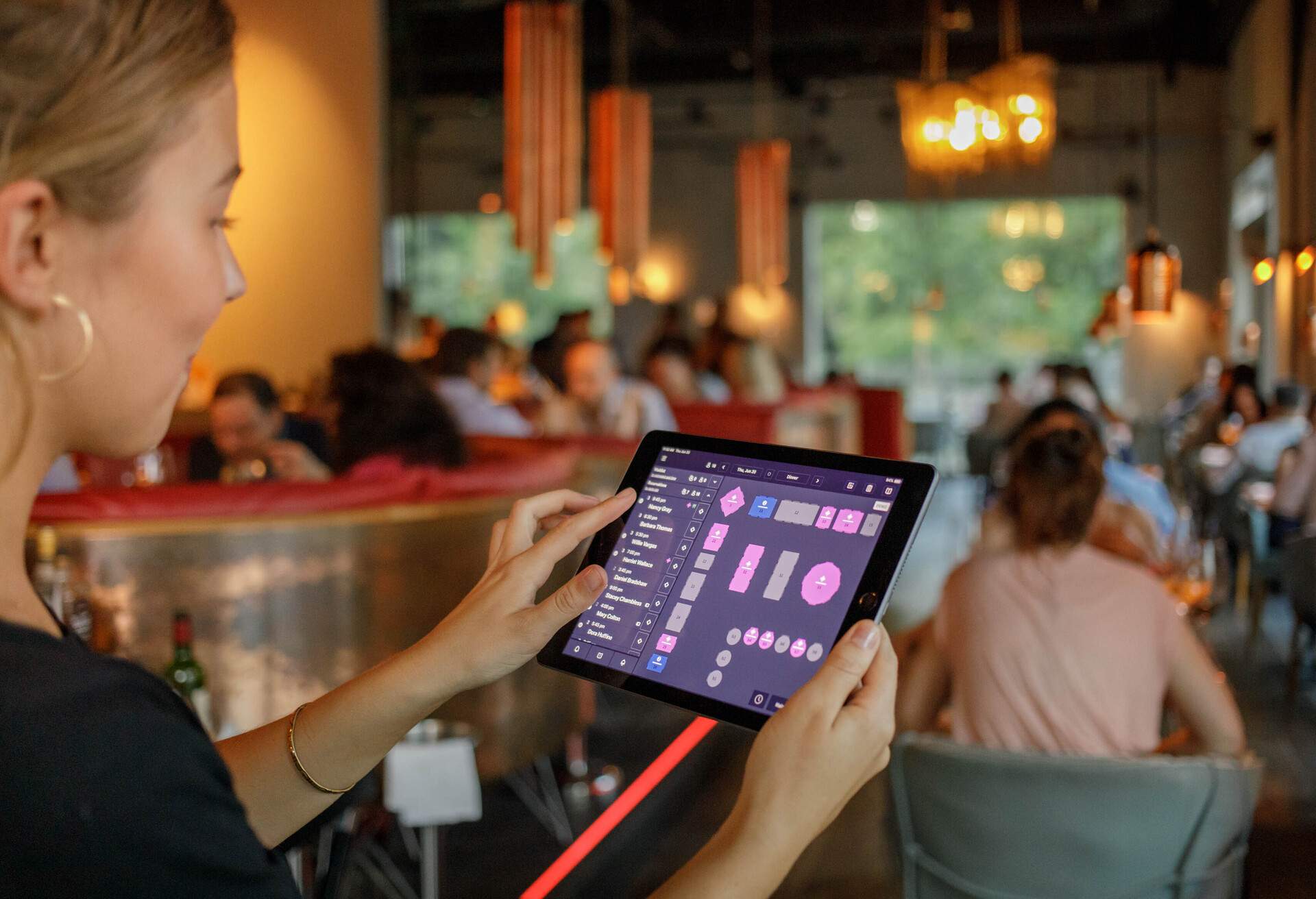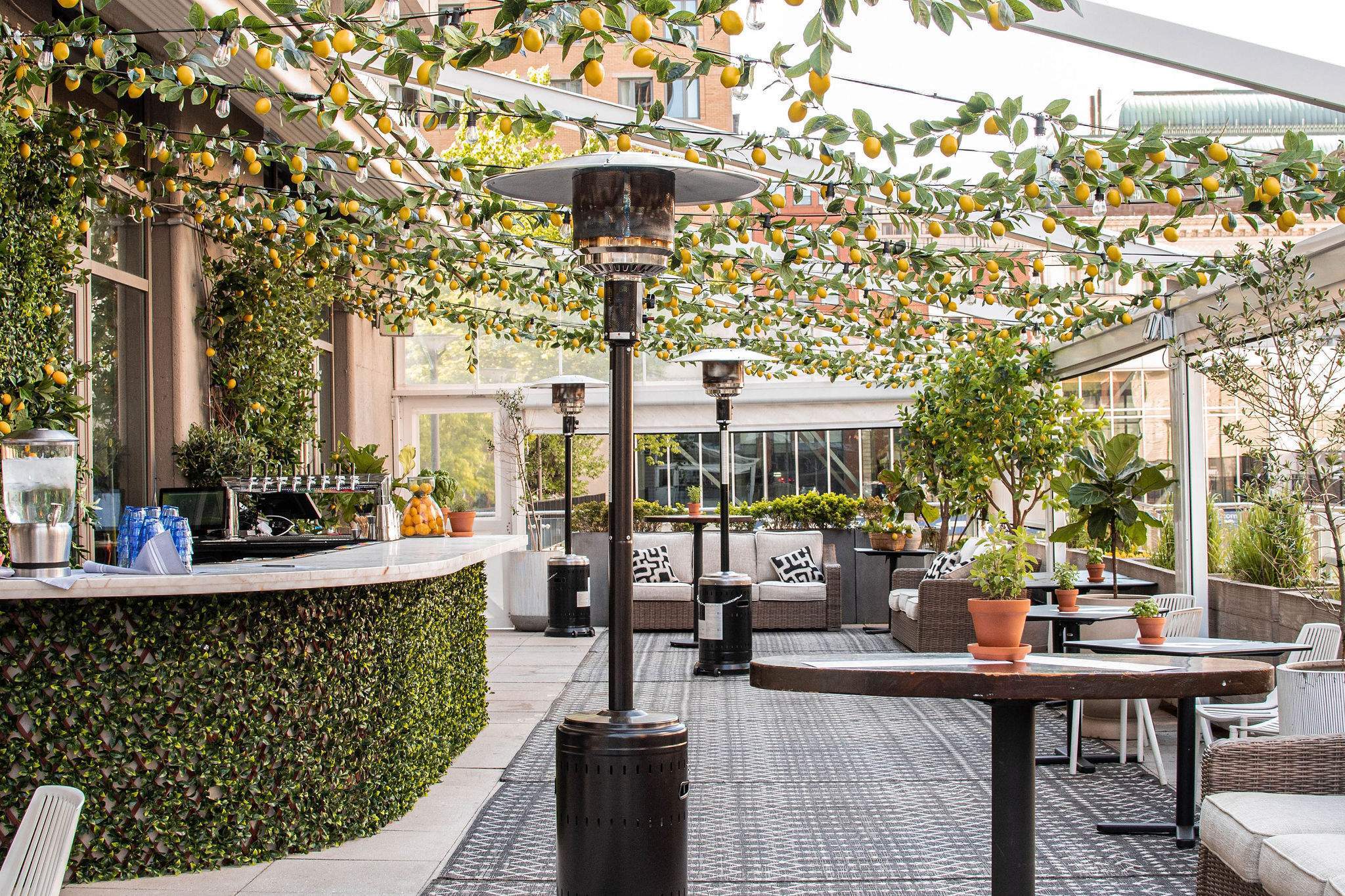Trend-spotting requires creativity, and Canada’s restaurant scene is bursting with innovative opportunities in 2024 if you know where to look. From sustainability to artificial intelligence, discoveries await that could recharge your menus, spaces, and operations.
Here, we’ve assembled this insider guide featuring eight trends that are set to be the talk of the industry over the next 12 months.
1) Pricing strategies with inflation in mind
With the ongoing economic fluctuations, managing costs and setting appropriate prices has become a primary talking point in 2024. Inflation affects the cost of ingredients, labour, and plenty of other operational expenses for restaurants.
Finding the right balance between maintaining quality and keeping menu prices accessible for diners is top of mind for restaurants. Indeed, many restaurateurs are adopting more dynamic pricing strategies that take into account changing inflation rates. This includes regularly reviewing supplier rates, using seasonal ingredients to control food costs, and subtly adjusting menu prices every few months rather than with each new menu rollout.
Other restaurants are getting creative with prix fixe menus, family-style meals, and discounted lunch options to attract budget-conscious diners. Implementing portion control measures also helps manage food waste and plate costs.
Evaluate your restaurant’s margins and use pricing strategies that reflect inflation without deterring loyal guests. Adjustments paired with added value can retain diners through fluctuating economic trends.
2) Sustainability is the way forward
Environmental concerns continue to shape guest choices, with diners actively seeking out restaurants focused on sustainability. Operations minimizing food waste through ingredient optimization, efficient food prep, and portion flexibility are appealing to eco-conscious guests.
Partnerships with local farms, greenhouses, or food hubs to procure seasonal, regional ingredients also communicate eco-awareness. Beyond that, many chefs are getting creative by using typically discarded food parts like carrot greens and beet stems. Another idea involves composting food scraps, eliminating plastic straws, and hosting zero-waste events that demonstrate environmental commitment.
Restaurants using renewable energy or designed to save energy attract diners who support eco-friendly initiatives. Signaling sustainability practices through menus, signage, or server explanations allows environmentally-minded guests to make choices that align with their values. Operations woven with purposeful conservation at all levels will help to give you an edge this year with eco-aware diners.
3) The advent of AI (and other tech)
Technology has become deeply embedded across the hospitality sector, yet creative apps and AI present untapped potential. With delivery demand higher than ever thanks to Uber Eats and other order aggregators, seamless integration across online and on-site channels is now essential.
For dine-in establishments, contactless payment solutions enhance convenience and safety. Going further, data-rich platforms offer inventory and menu analysis to reduce waste using demand-based forecasting, while Apron provides real-time order management. Platforms like OpenTable even centralize guest data and real-time insights for targeted email campaigns and personalized guest experiences based on order history.
The biggest innovation opportunities await those collaborating with tech partners on custom AI solutions, like OpenTable’s integration with ChatGPT, which gives restaurants even more exposure on the most popular AI tools around. As general AI technology improves, there will be more options for revenue growth, efficiency gains, and elevated customer experiences – be it tablets for self-order or machine learning algorithms that predict busy periods and optimize labour.
The future-forward establishment in 2024 will be a technology leader, not a follower. Now is the prime moment to partner with experts or build in-house technical fluency across managerial roles.

4) Diversify revenue streams
Rather than relying solely on dine-in or takeout sales, smart restaurants are diversifying their offering through new income channels that attract wider audiences. It’s not uncommon for crowd-pleasing catering packages aimed at corporate events, weddings, and special occasions to be regular fixtures on restaurant lists.
Additionally, diners love the convenience of ready-to-cook meal kits, which some restaurants are selling online via subscription plans. Making branded merchandise available year-round and not just during holidays taps into guests wanting to flaunt their dining loyalties, another popular method for diversifying income.
Even renting event space or hosting cooking classes creates additional revenue streams while providing value-driven experiences. There’s never been a better time to give diners insights into the kitchen while monetizing different aspects of your spot.
5) Changing consumer preferences
Diners are seeking out novelty along with dietary customization in their orders and general restaurant experiences. From gluten-free to meatless options, restaurants must adapt their menus to satisfy guest palates and health needs, tracking popular food fads in the process. Many chefs are experimenting with alternative plant-based proteins, featuring jackfruit carnitas tacos or cauliflower steaks.
Beyond individual dishes, overall ambiance and service should balance comfort with surprise. Diners want to be delighted as well as satisfied. This means reinventing classics with unique flavour fusions, crafting tasting menus full of textures, and enhancing spaces through unexpected décor and lighting to evoke curiosity.
Getting creative with presentation, plateware, and even playlists contributes to an adventurous vibe. Through constant reinvention, your restaurant can wow guests craving both novelty and nourishment.
6) An evolving workforce
The hospitality workforce landscape continues shifting dramatically, compelling restaurant owners to rethink hiring and retention strategies. Offering wages above minimum rates helps attract talent, as do benefits like insurance, retirement plans, and wellness perks.
Yet money isn’t everything—professionals, especially younger ones, also seek positive cultures valuing work-life balance. This means incorporating schedule flexibility and paid time off. Investing in staff training for cooks and managers reduces staff changes and is beneficial. Proper onboarding and opportunities for advancement are equally key to retention. Prioritizing dignified, supportive environments makes recruitment in this tight labour market more feasible.
7) Marketing has never been more important
A strategic social media presence and digital marketing have been mainstays in restaurant advertising budgets for decades now. But as it evolves, restaurants need to grow with it. Rather than creating sporadic posts, establish a content calendar to share images, stories, and promotions consistently across major platforms like Instagram, Facebook, and TikTok.
Invest time in your blog and make the most out of email campaigns that can reignite the interest of former guests. It’s also worth prioritizing visual-first platforms and sharing photos of your food and restaurants. A little over half of people choose a restaurant after seeing its food on social media.
For influencer marketing, identify local personalities with high foodie followings to spotlight signature dishes or host events. Smaller micro-influencers often resonate better with regional diners.
Paid collaborations, sponsored giveaways, and UGC contests also help spark online buzz while highlighting cuisine and the venue’s ambiance. Linking in-real-life and online experiences through QR codes or hashtag campaigns encourages diners to rave about your restaurant across their digital networks for greater visibility.
Using restaurant-specific marketing platforms like OpenTable means you can connect with guests with smart in-app features. Reach a larger audience Boost Campaigns to get more eyes on your spot and bonus points to increase diner loyalty, while marketing tracking means you can keep on top of your ROI.
8) Enhanced dining experiences
Many restaurants now integrate wine tastings, cocktail workshops, cooking demos and multivariate dining events into their offerings with the aim of capitalizing on guests’ hobbies and passions. Diners relish insider access to chefs’ skills, sommeliers’ expertise or mixologists’ tricks of the trade through these immersive experiences that deliver hands-on learning.
It’s one reason why more restaurants are using OpenTable’s Experiences to give their guests a unique and memorable dining experience. Curating multi-dimensional evenings around good food differentiates restaurants and drives loyalty. The most compelling spot isn’t just a place to eat anymore but a welcoming hub for local community, celebration, and one-of-a-kind memories.
Summary: The trends for 2024
The winds of change continue rippling through the restaurant landscape Yet, for those embracing the top trends around pricing, sustainability, tech, experiences, and more, prosperous days lie ahead. This year sets the table for innovation.


